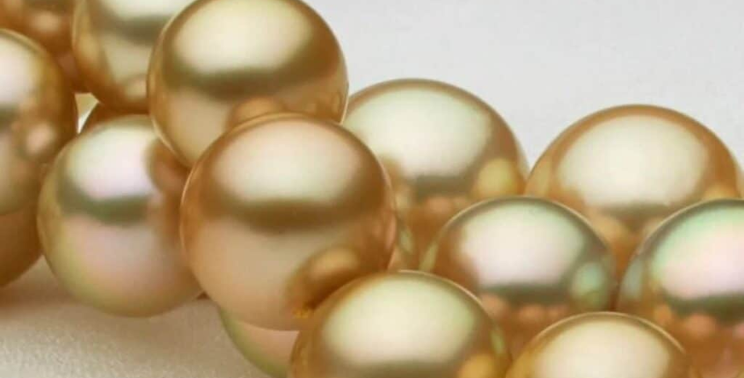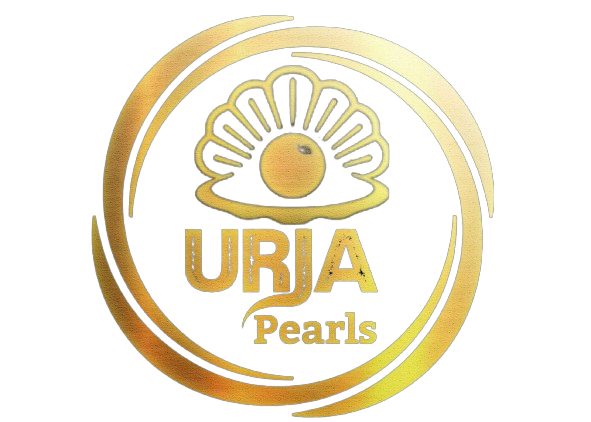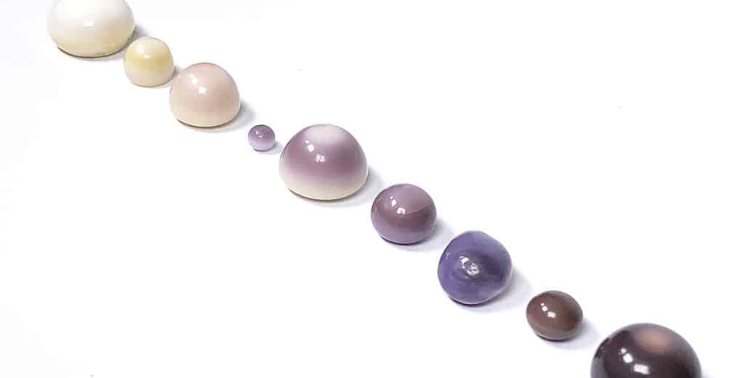If we consider specific types of cultured pearls, the rarity can vary. For example:
Natural Pearls
As mentioned, natural pearls are the rarest and most valuable. They come in various shapes, sizes, and colors, and their scarcity contributes significantly to their high market value.
South Sea Pearls
South Sea pearls, produced by the Pinctada maxima oyster in the South Pacific, are known for their large size and lustrous appearance. The cultivation process for South Sea pearls is more delicate and time-consuming, contributing to their rarity and value.
Tahitian Pearls
Cultivated in French Polynesia, Tahitian pearls are valued for their unique dark colors, which range from black and gray to green, blue, and purple. The distinctive colors and the fact that they are produced by the black-lipped oyster (Pinctada margaritifera) contribute to their rarity.

-
-
- Among cultured pearls, natural pearls are the rarest and most valuable.
- Natural pearls are produced without human intervention by the natural penetration of irritants into mollusk.
- The natural pearl formation process is rare, and the majority of pearls currently available on the market are cultured pearls.
- Cultured pearls are created through a process where a nucleus or irritant is intentionally introduced into the mollusk by pearl farmers.
- While cultured pearls are still genuine pearls, the controlled cultivation process makes them more accessible and widespread compared to natural pearls.
-

